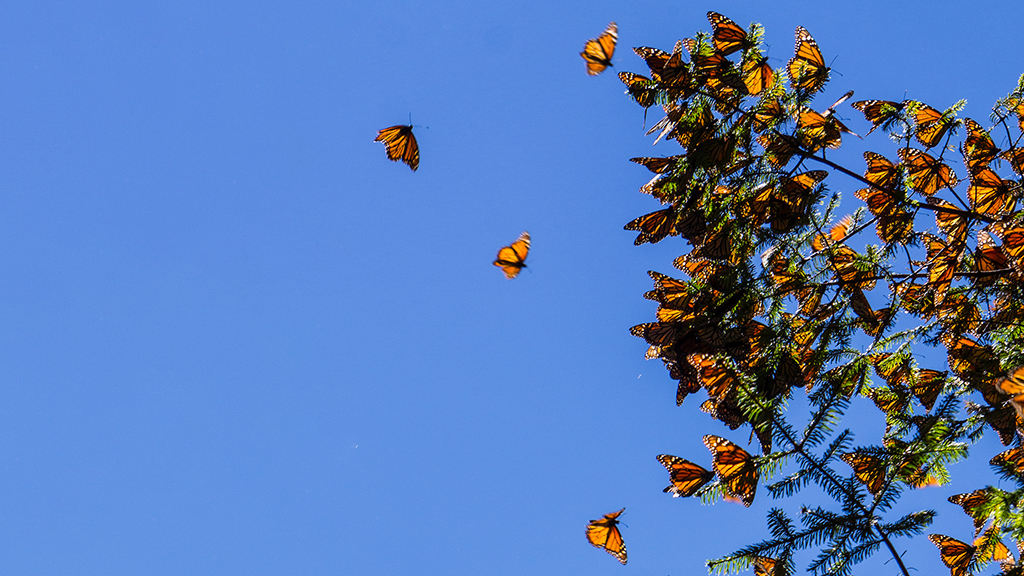Abstract
This interrupted case study was written to help students understand the interplay and relatedness of metabolism in producers and consumers. The storyline is based on a conversation between two students who are home from college for a long weekend. While visiting a park in Chicago on the shores of Lake Michigan, they happen to notice swarms of monarch butterflies in and around the milkweed plants. This leads them to think about how the monarchs acquire the energy needed to make the journey from Canada or Northern United States to Mexico. In addition to exploring the transfer of energy from milkweed to monarch, they also start to think about why the milkweed undergoes photosynthesis and how sugars, other than glucose, are metabolized. The case is designed for undergraduate students taking an introductory biology course, but could also be used by high school students in an advanced placement biology course.


